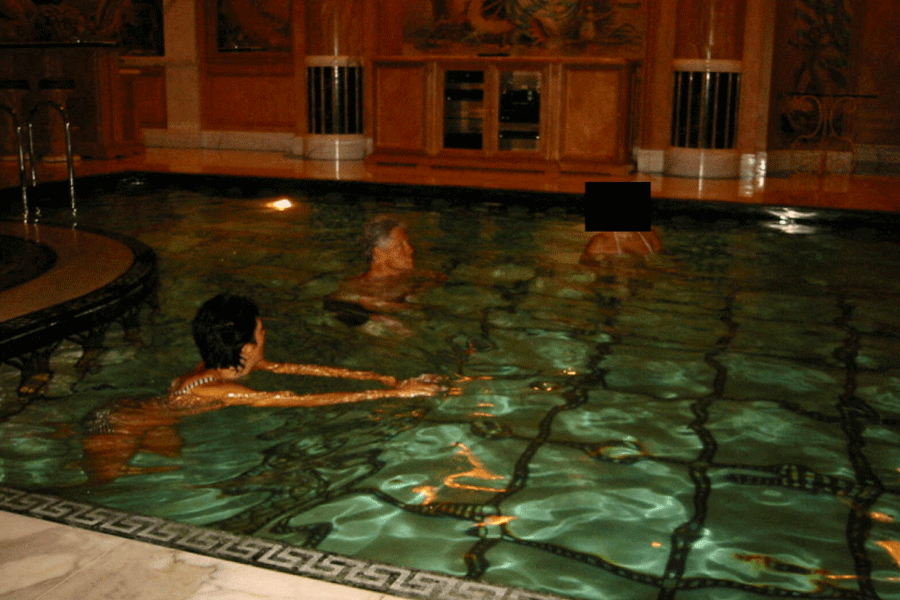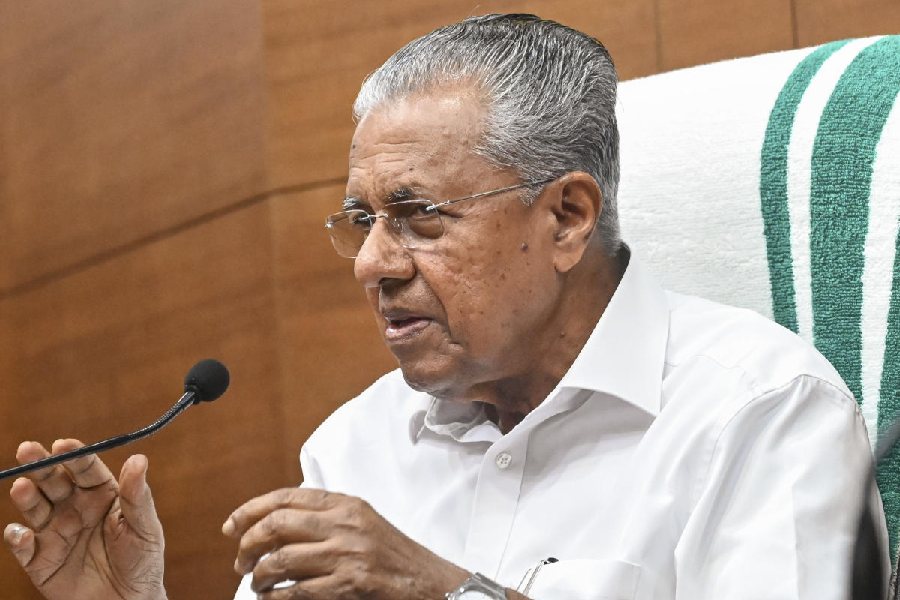 |
 |
| The Miura (top), considered to be the world’s most beautiful sports car; and (above) the Lamborghini 350 GTV |
By and large, most of us consider the tractor to be a vehicle that’s just plain boring. Meant for agricultural use, this slow-mover tends to be a bit too boorish. So, an Italian company that built its reputation on ‘Trattici’ would be a very boring one, with no enthusiasm for life, right? And by that same logic, a car built by such a company would be quite ordinary! You couldn’t be more wrong, for when it comes to Lamborghini, the cars it builds are anything but ordinary!
Lamborghini is not a very old car manufacturing company. The marque celebrated its 40th anniversary just two years ago. Yet, in these 42 years, Lamborghini cars have become the cynosure of all eyes wherever they are parked. It all started with Ferruccio Lamborghini. Son of a farmer, he was born in 1916. Ferruccio built up his company by becoming a successful tractor manufacturer, which he accomplished by converting leftover war vehicles from WW2 to agricultural machinery. Italy was rebuilding itself after the war and his machinery was in great demand. It wasn’t long before Ferruccio grew extremely wealthy, enough to indulge in car racing. He then started another company, Lamborghini Bruciatori, an organisation that specialised in home and industrial heating and air-conditioning.
Now comes the slightly apocryphal part. Ferruccio was a car enthusiast (which Italian is not?) and he was quite familiar with Maserati and Ferrari, the reigning sports cars at the time. The story goes that he had a Ferrari with a transmission line problem and wanted an audience with Enzo Ferrari. To Enzo, Ferruccio was just another Ferrari buyer and he declined to meet him. Enzo’s callous attitude enraged Ferruccio to such an extent (more so since his own companies laid great emphasis on customer service) that he decided to get into sports-car making himself.
After making a success of Lamborghini Bruciatori, Ferruccio had turned his attention to helicopters. He had already started construction of a factory to make helicopters at Sant’Agata Bolognese, a town situated between Modena and Bologna, but because the Italian government turned down his application for a helicopter licence, he abandoned the project. It was this factory that became the home of Automobili Ferruccio Lamborghini S.p.A.
Ferruccio started by recruiting people to help him with his so-called ‘revenge’ project. Three men crucial to his cause were Giotto Bizzarini, Giampaolo Dallara and Giampaolo Stanzani. Bizzarini was an engine man and had been involved in the design of the fabulous and famous Ferrari 250 GTO. He designed a 3.5-litre V12 engine that developed 360bhp. This engine powered the Lamborghini 350GTV, of which only one was ever made and displayed at the Turin Motor Show in 1963.
The body of the 350GTV was styled by Franco Scaglione, an ex- Carrozzeria Bertone designer. However it was too dramatic and contrasting ? the front looked very nice but the rear though neat, was extremely ordinary. At the same time, the glasshouse shape was reminiscent of one of the current Le Mans racers. The rear also had a large window that reduced the opening of the boot.
Giampaolo Dallara engineered the chassis of this first Lamborghini. It had independent suspension, which was an innovation for the GTs of the era, and all components, from the gearbox to the brakes, were outsourced with the intention of obtaining the very best on the market. Weighing in at 1292kg, the 350GTV had a top speed of 280kph and did 0-100kph in 6.7 seconds. The 350GTV never made it into production but the 350GT, based on the GTV, did.
For this car, Ferruccio turned to Carrozzeria Touring of Milan. Felice Bianchi Anderloni was the man in charge and his changes to the styling were much appreciated. One hundred and thirty-five of these were produced followed by the 400GT 2+2 which had the engine capacity increased by 500cc. These also sold in decent numbers and a total of 250 cars were produced.
Lamborghini had started to make its presence felt but it was only after the fantastic and extravagant drilled chassis presented at the Lamborghini stand during the 1965 Turin Auto Show that the company began to be spoken of in the same breath as Ferrari and Maserati.
Shortly afterwards, the car was built upon that chassis. The chassis was the work of Dallara and Stanzani and the idea came from existing racing cars of the time, notably the Ford GT40. It was code-named 400 TP, TP standing for Tranversal Posteriore. It had the 4-litre 12-cylinder engine of the 400 GT transversely mounted behind the cockpit, with the gearbox and the differential united to the engine base in a single casting.
This was more of a concept design as Ferruccio was strictly against racing. The story goes that Ferruccio saw the project and approved it immediately. Nuccio Bertone saw the car and approached Lamborghini and told him that only he could “make the shoe to fit your foot”. As the head of Bertone’s design department, Giorgetto Giugiaro had left the company to establish his own firm, Ital Design, the job went to Marcello Gandini. Gandini came up with the Miura, a car that in the opinion of many is the most beautiful sports car in the world ? even today.
Why was it called Miura? Because Ferruccio also had a passion for bull-fighting and Miura bulls are the strongest of all fighting bulls. The Miura caused a sensation at the Geneva Motor Show. Orders started coming in and Ferruccio’s sales director, Ubaldo Sgarzi had his work cut out. Interest in the car increased even more when Ferruccio parked an orange Miura in front of the Hotel de Paris at the Monaco Grand Prix. The square outside was jammed with people ogling at the car according to Lamborghini accounts. When production finally ceased, 275 of the original Miura P400 had been made, with 338 examples of the 370bhp Miura P400S following after that. In 1971, the Miura SV version was introduced with 385bhp on tap. It weighed 1245 kgs and had a top speed of 290kph.
Lamborghini had arrived ? but this was only the beginning. Next week, we shall take an in-depth look at the company and the many Lamborghini models making waves today.
My dream car
 |
Deepika Padukone,
model
I have been planning to buy a car for the past two years, ever since I turned 18 and could apply for a license, but the kind of life I’ve been leading these two years, ever since my entry into modelling, has really left me with no time to really think about it. I travel so much between Bangalore and Mumbai these days that I’ve got to first make up my mind about where I’m going to buy the car.
I have my sights set on one of the new Skoda cars that I am told will be out sometime this year. I want something sleek and smart, and SUVs are not really for me. If not the Skoda, I would like to go for the new Honda City. Not only is it a really elegant and beautifully turned out car, it’s also a family favourite since my father also owns one. But before all these dreams get realised, I must get myself a driver’s license — something I’ve been postponing for the longest time now.











